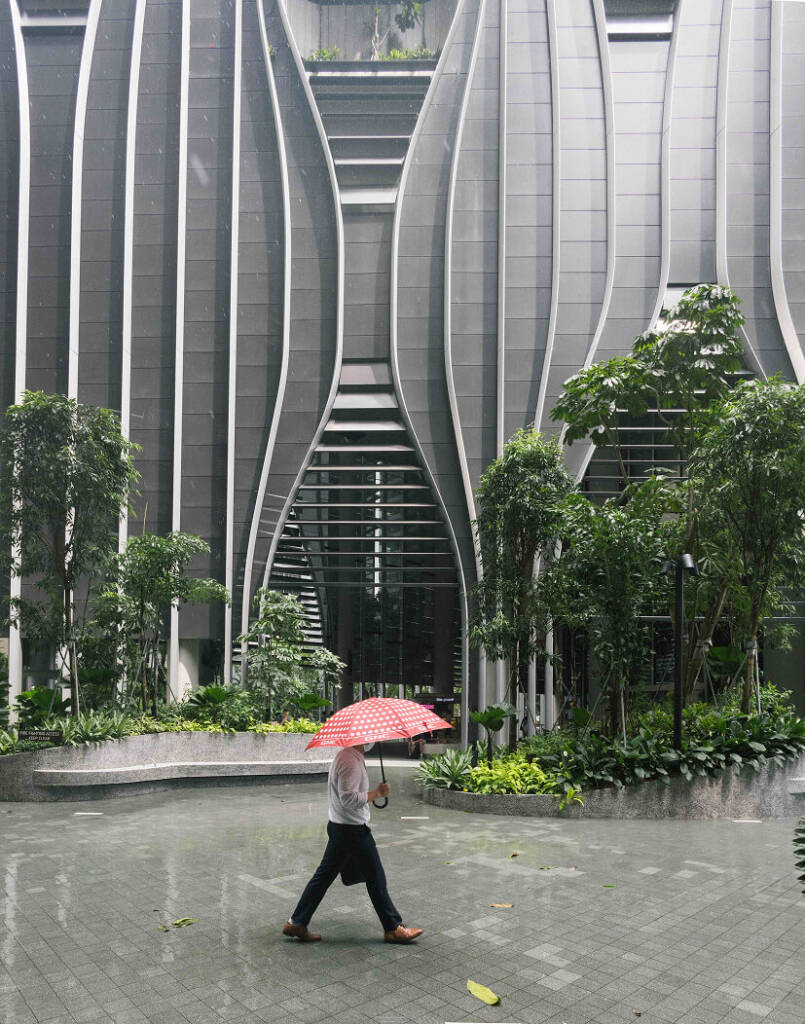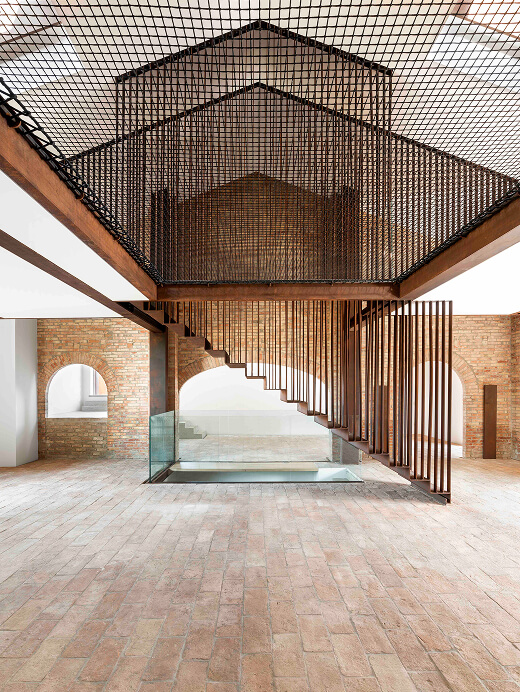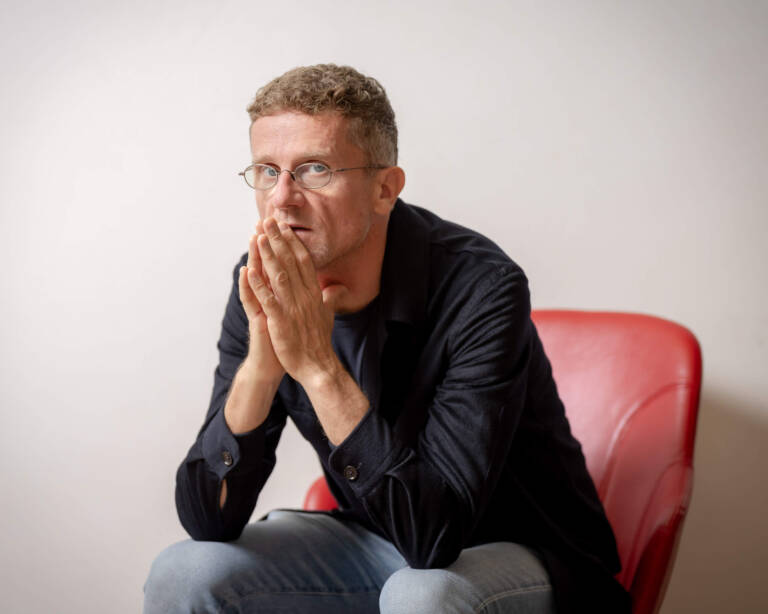
CapitaSpring, Singapore, 2022
Photography by FINBARR FALLON

The Greenary, Parma, 2021
Photography by DSL STUDIO
Architect, engineer, and visionary Carlo Ratti is working to reshape the fabric and form of our cities. As both the founding partner of CRA-Carlo Ratti Associati, with offices in Turin, New York City, and London, and the director of MIT’s Senseable City Lab, a research group exploring the way we live in cities, Ratti explores how data and emerging technologies can transform urban spaces and the way we live in them. Drawing together the complexities of our built, technological, and social worlds, Ratti reimagines cities as ecosystems that are as dynamic and interconnected as those who inhabit them.
As the curator of the 19th International Architecture Exhibition at the Venice Biennale, Ratti is bringing his bold, data-driven vision for the future of cities to a global stage. His curation highlights architecture’s central role in the built environment while recognizing its interdependence with a wide range of fields, including art, engineering, biology, sociology, politics, and ecology. Grounded in real-world innovation, Ratti’s approach explores the myriad ways urban spaces can help us tackle the challenges of today and tomorrow.
hube: It is natural for humans to have an emotional perception of reality. Beauty and functionality in architecture often become contradictory. Is this the main problem for architecture?
Carlo Ratti: Vitruvius, the Roman architect and engineer from the first century BC, introduced the Vitruvian triad, which explains architectural quality as a wholeness formed by three essential elements: firmitas (firmness), utilitas (commodity), and venustas (beauty or delight). Oscar Niemeyer built on this idea, noting that architecture involves a tension towards beauty, surprise, and the unexpected.
I fear we are not losing beauty itself, but rather our sense of the unexpected. In a globalised world, the challenge is not just about making buildings functional but also about avoiding uniformity. Cities are starting to look and feel the same, which is precisely what French philosopher Paul Ricoeur once warned against: a certain “McDonaldisation” of the world, where a global architectural language erases regional identity and cultural diversity. In the late 20th century, Kenneth Frampton’s “Critical Regionalism” emerged. as a compelling perspective against this, advocating for designs that reflect the peculiarities of local culture. However, it has struggled to remain relevant in the 21st century, where a small cadre of jet-setting designers seems to hold sway.
A possible approach for rekindling the unexpected could be framed through what Antoine Picon, Alex Haw, and Matthew Claudel have called “Network Specifism”. Today’s architecture is shaped by global networks of people, ideas, and technology. These net-works are constantly shifting and influencing our design processes. While respecting local specificity is essential, we cannot ignore the interconnectedness of the modern world.
Unlike Critical Regionalism, Network Specifism suggests that architectural production is shaped not only by location but also by the networked community. This approach makes the local a fluid concept, reflecting both its immediate context and global influences.
h: Increased access to information and new algorithms presents enormous opportunities; they both shape and create our needs. Could this change social ethics?
CR: As my friend Deyan Sudjic highlighted in response to our 2019 Shenzhen Bi-City Biennale of Urbanism/Architecture curatorial statement, cities have always been places where people could be anonymous, free to reinvent themselves. But with digital tech, the idea of privacy is fading. The same algorithms that help us navigate daily life are also reshaping what we desire, sometimes before we even know it. Sudjic warns of a “return to the village,” i.e. where everyone knows your business. In the past, cities protected us from that, but now it’s as if we’re back in that village, except this time it’s powered by algorithms that can track, predict… and nudge us.
So, the challenge isn’t just about how we use technology, but how we adapt our ethics to this new world. If we allow tech to shape our needs without reflection, we risk losing autonomy. Our ethics need to evolve and they need to be based on increasing transparency. Access to information and algorithms will change social ethics, but how it changes depends on how we respond and what values we choose to protect.

